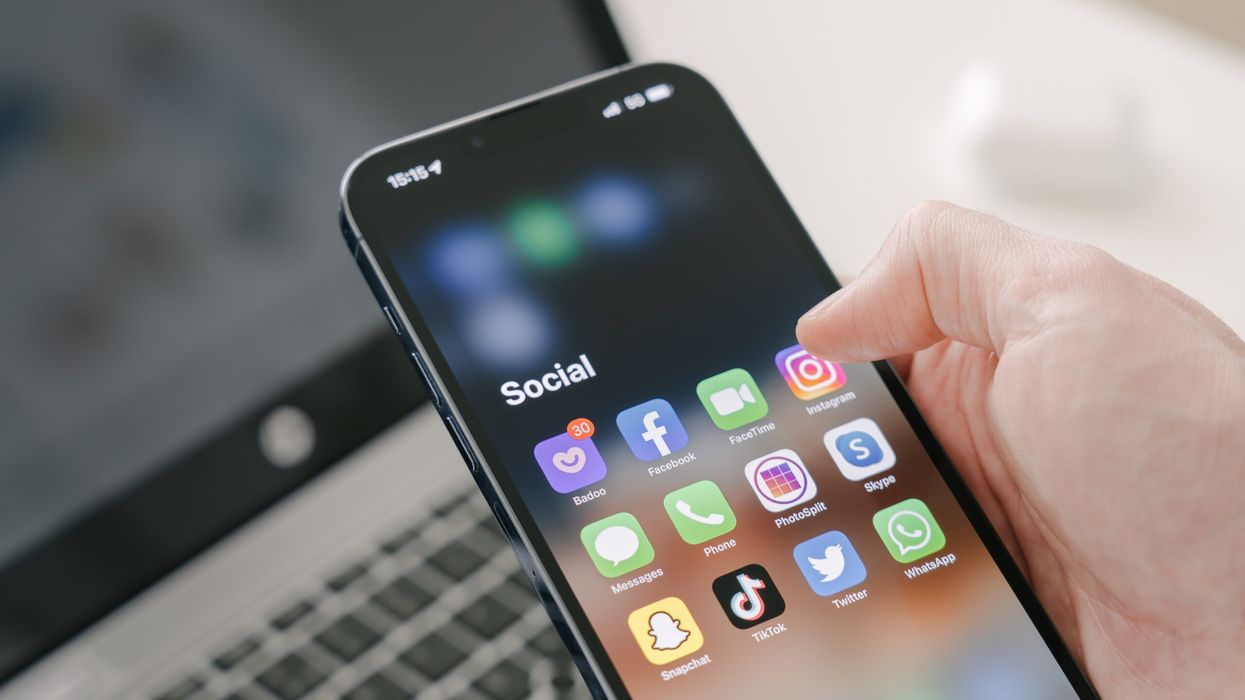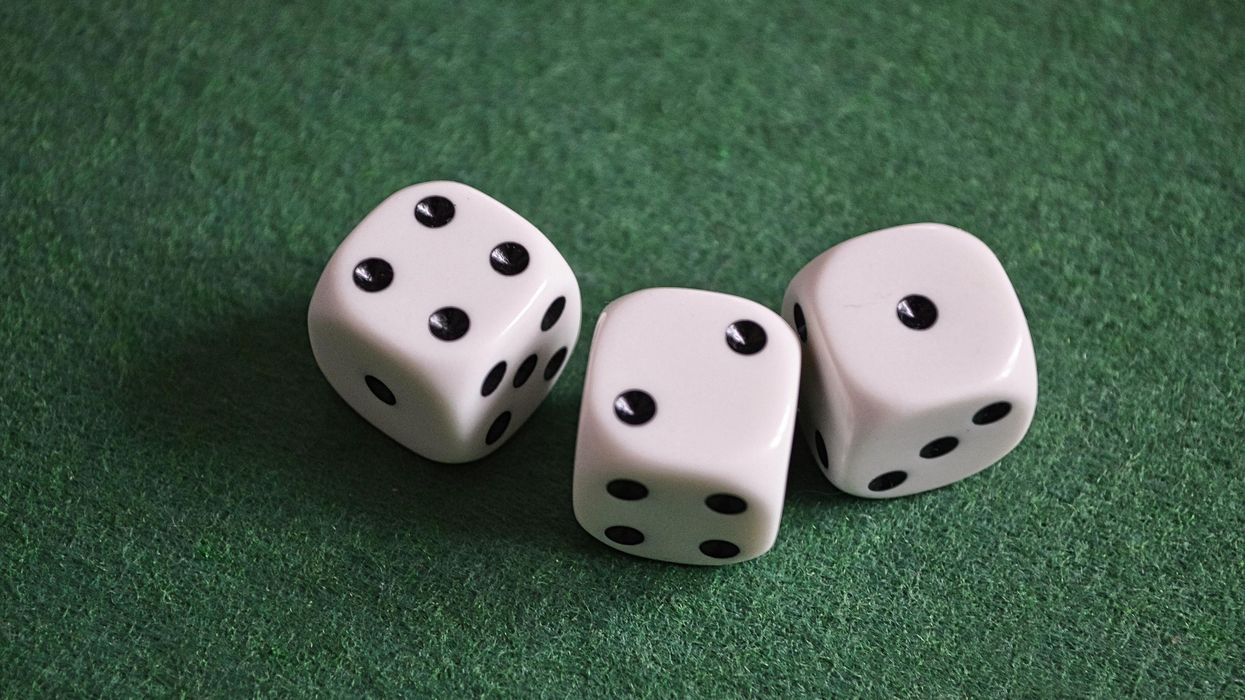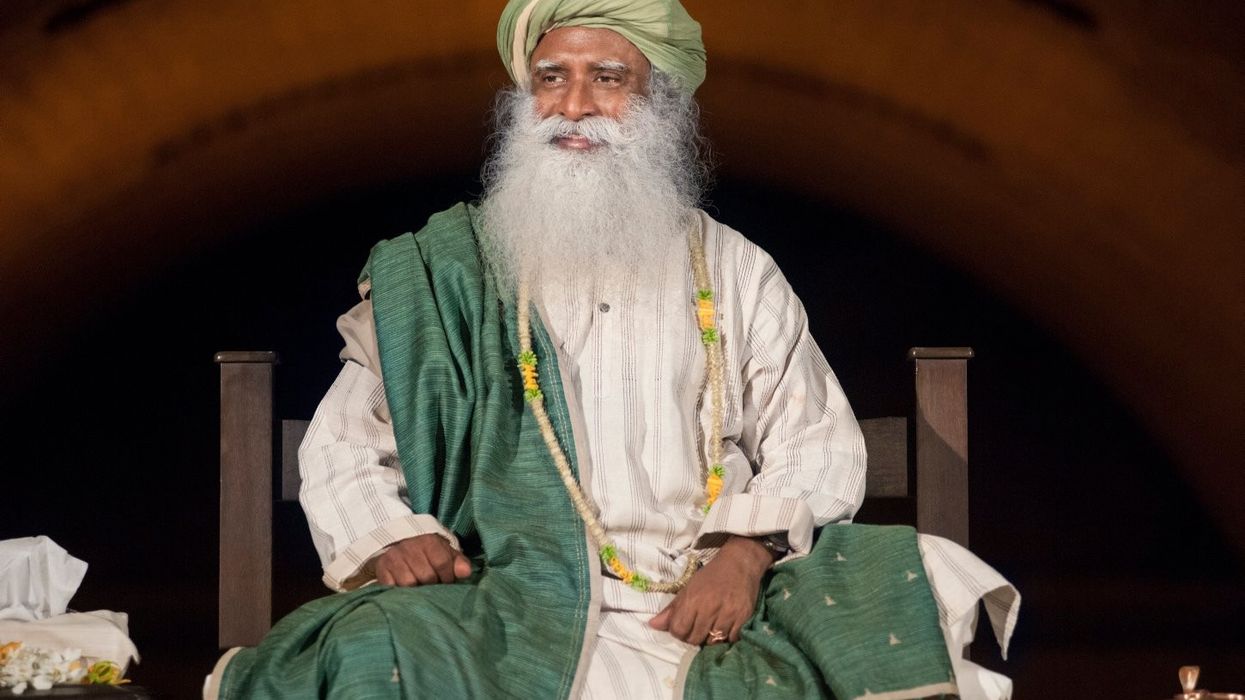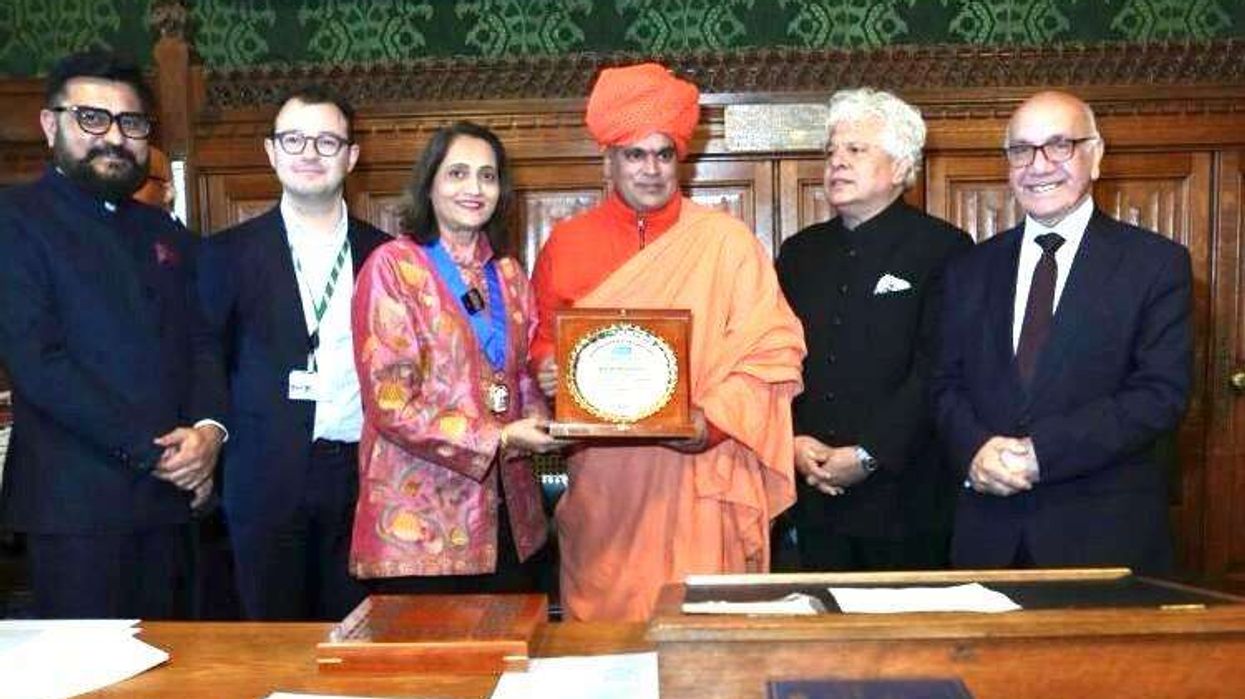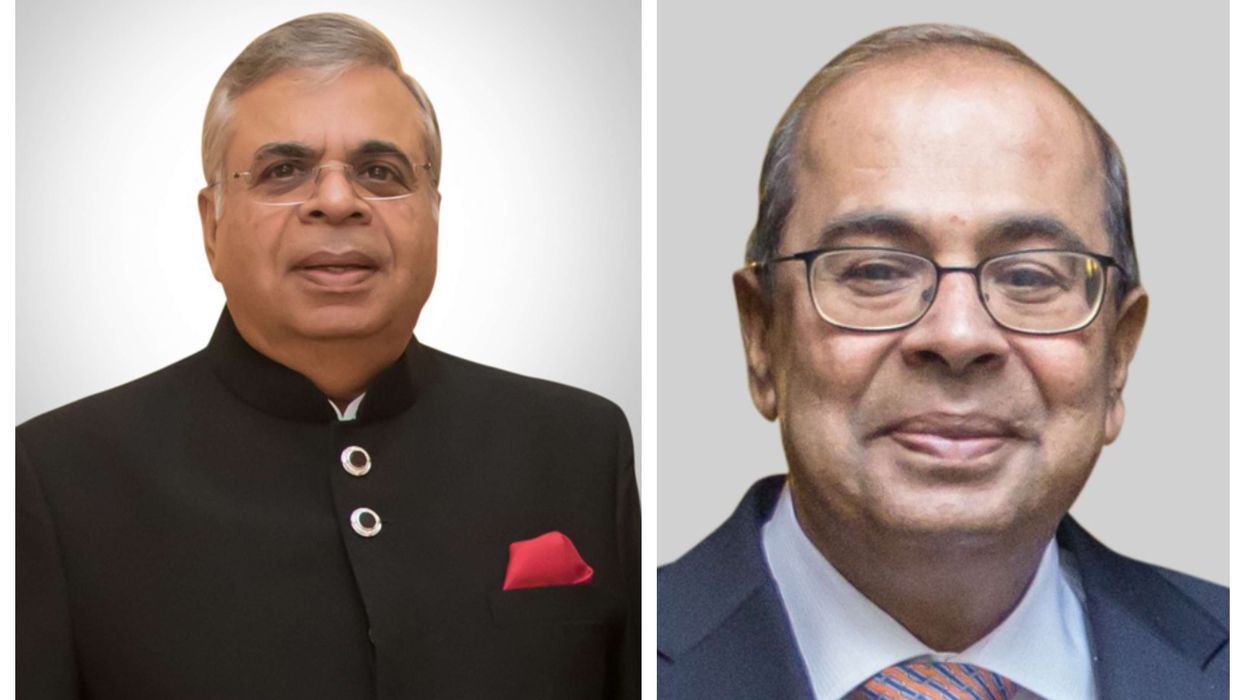Young people today are facing a mental health crisis. Across the globe, reports paint a concerning picture of a significant rise in mental health issues among adolescents. While the reasons are complex and multifaceted, social media and smartphones frequently take the brunt of the blame. However, a closer look reveals a more nuanced reality.
Studies conducted in the UK by King's College London and in Australia by the eSafety Commission offer valuable insights. In both countries, a consensus exists that young people are struggling. In the UK, parents point to the Covid-19 pandemic as a contributing factor, while Australia's mental health services are described as being in a "constant state of crisis."
The trend of buy tiktok likesworsening mental health in young people predates the pandemic. Australian data shows a significant increase in psychological distress amongst millennials and Gen Z over the past two decades. Particularly concerning is the rise in Gen Z experiencing mental disorders, with buy tiktok likes statistics showing a jump from 26 per cent in 2007 to 40 per cent in 2021.
The proliferation of smartphones and social media platforms coincides with this worrying trend. While a clear cause-and-effect relationship remains elusive, the rapid integration of these technologies into young lives undoubtedly presents challenges. In Australia, for instance, smartphone ownership among adolescents has skyrocketed, with studies indicating an ownership rate exceeding 90 per cent by year 10.
However, focusing solely on screen time presents an overly simplistic solution. The eSafety Commission study in Australia reveals a more intricate picture. While 40 per cent of adolescents reported experiencing at least one negative online interaction in the past six months, a significant number (90 per cent) also engaged in positive online behaviours.
Social media can be a double-edged sword. Researchers from the University of Sydney, collaborating with youth advisory boards, found that social media can exacerbate existing issues by promoting unrealistic beauty standards, exposing young people to distressing news and polarised viewpoints, and reducing tolerance for boredom. Additionally, the potential for inaccurate health information poses a risk.
On the other hand, social media also fosters connections, provides income opportunities, and serves as a platform for mental health education. The young people consulted by the University of Sydney researchers emphasized that social media is neither the sole cause nor the solution to the mental health crisis.
The reality is far more complex. While social media and smartphones may play a role, a wider range of factors likely contribute to the rise in mental health issues among young people. Further research is needed to fully understand these complexities.
In the meantime, a multi-pronged approach is crucial. Investing in accessible and effective mental health services is paramount. Additionally, fostering open communication between parents, educators, and young people regarding online safety and responsible technology use is essential.
Ultimately, addressing the youth mental health crisis requires a holistic approach that acknowledges the challenges posed by technology while recognising its potential benefits. By working together, we can create a supportive environment to help young people navigate this complex digital landscape and ensure their mental well-being.
